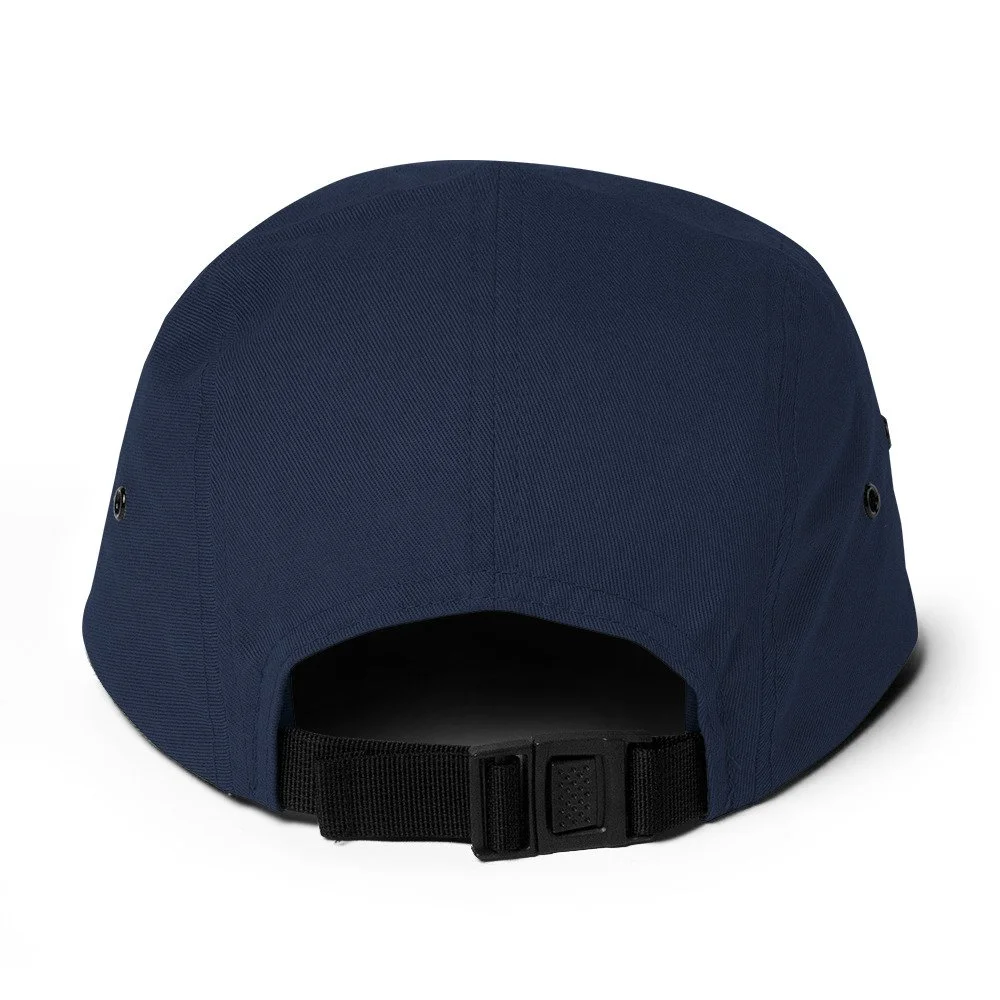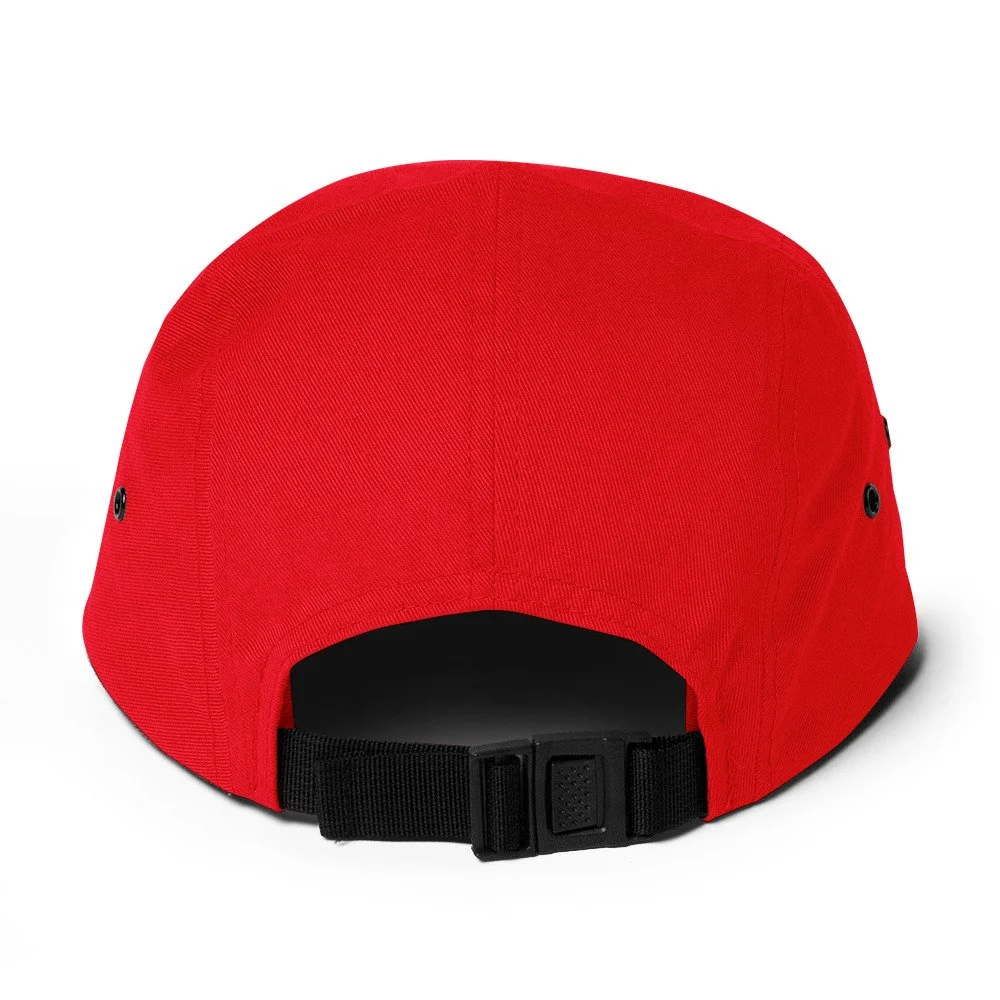Be Tyler Durden: The Art of Becoming Who You Really Want to Be.
There’s a line in Fight Club that always stuck with me: "All the ways you wish you could be, that's me. I look like you wanna look, I f**k like you wanna fuck, I am smart, capable, and most importantly, I am free in all the ways you are not."That’s Tyler Durden.
But here’s the twist: Tyler isn't real. He’s a projection. A curated vision of who the main character wants to be. He represents freedom. Power. Edge. Confidence. Chaos. Purpose. He’s the version of yourself that steps forward when the world keeps telling you to sit down.
And that’s exactly why I say: Be Tyler Durden.
This isn’t about starting a fight club or living in abandoned buildings. This is about owning who you want to become. Creating a mental blueprint so clear, so vivid, that it becomes a compass for everything you do—from the way you dress and train to how you show up as a parent, partner, and leader.
Who is Your Tyler Durden?
We all have a Tyler. Or at least we should. A version of ourselves we’re chasing. Not someone fake, but someone ideal. That inner whisper saying: "This is who I could be if I stopped playing small."
For me? My Tyler Durden is calm under pressure. He shows up early. He’s jacked, agile, and doesn’t fold when things get tough. He moves with intent. Speaks with purpose. Eats like it matters. Loves hard. Competes clean. Raises a son who understands discipline, compassion, and how to protect his health and mind.
I crafted that version through years of hockey, lifting, setbacks, recovery, parenting, and every rep I put in to rewire the way I show up. And every day, I wake up and ask myself: "What would that version of me do today?"
Not what’s easiest. Not what the world says is enough. But what the best version of me—my Tyler Durden—would do.
Why Envisioning Your Ideal Self Works
What we visualize, we move toward. The brain doesn’t fully distinguish between imagination and reality—which is why elite athletes use visualization to win before they ever step into the arena. It’s not woo-woo. It’s neuroscience.
The Science
A study published in Neuropsychologia showed that mental imagery activates many of the same neural networks as real physical actions.
According to a study in Psychology of Sport and Exercise, athletes who used visualization improved their performance by over 13% compared to control groups.
Functional MRI scans have shown that when you imagine doing something (like lifting, running, or giving a speech), the brain lights up in the same regions as when you actually do it.
Translation? Seeing it makes doing it more likely.
Visualization boosts motivation, enhances confidence, improves focus, and increases resilience. And we can apply it beyond sports—to our health, careers, relationships, and identity.
From Vision to Reality: The Everyday Olympiad
That’s what Everyday Olympiad is all about. It’s not about being the best in the world. It’s about being your best for the world—every single day.
Olympians train with intentionality. They treat rest, food, movement, and mindset like non-negotiables. They don’t show up half-committed. They don’t rely on motivation. They rely on systems.
That’s what I want to bring to everyday life. Because whether you’re a parent, an entrepreneur, or just trying to outwork your old self, the way you train your body and mind matters.
And it all starts with vision.
When you envision your Tyler Durden, you stop reacting to life and start creating it.
Making It Personal
When I say "Be Tyler Durden," I’m not saying be reckless. I’m saying be real. Get honest about who you want to be.
Want to be strong, lean, and energized?
Want to be calm, clear-headed, and present with your kids?
Want to be respected, not because you demand it, but because you earn it through the way you live?
Cool. Let’s build him. Or her. Or them.
Build the identity. Then reverse-engineer the habits.
That version of you probably doesn’t snooze the alarm.
That version probably trains when it’s hard, not just when it’s easy.
That version fuels their body with intention, not just taste.
That version chooses discipline over dopamine.
You don’t become that person by hoping. You become that person by living as if you already are.
The Identity Shift
"identity-based habits."
Instead of saying, "I want to work out," say, "I'm the type of person who doesn't miss workouts."
Instead of saying, "I should eat better," say, "I'm someone who fuels like an athlete."
Identity creates action. Action reinforces identity. That’s the loop. Tyler Durden didn’t ask permission. He acted from conviction.
So should you.
Final Thoughts: Chase Who You’re Meant to Be
If you don’t define your Tyler Durden, the world will define it for you. And trust me, the world is not in the business of making you better. It wants you numb, distracted, reactive, and passive.
But when you build a clear, vivid, authentic image of the person you want to be—you give your brain a target. Your habits become weapons. Your days become intentional. Your growth becomes inevitable.
And just like the main character in Fight Club, you realize something:
That version of you was inside all along.
He just needed a name.
So give him one.
Be Tyler Durden.
Or whatever name lights a fire in your chest.
Now go become it.
Stay moving. Stay disciplined. Stay chasing.
- C.R. Purz








